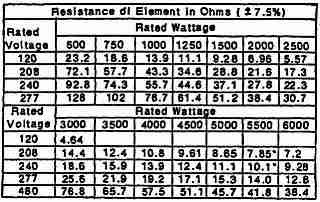CountryBoy19
Grandmaster
All the other numbers are basically just different methods of averaging.
Say what? Could you clarify what you mean by this? Because generally in the electrical industry the numbers are as follows, 120/240 at the pole/transformer, 115/230 at the panel, & 110/220 at the connection point... Are you saying that isn't accurate and "the 110/220 & 115/230 value are just different ways of figuring the voltage value"?





 (hint: see post#19)
(hint: see post#19)
